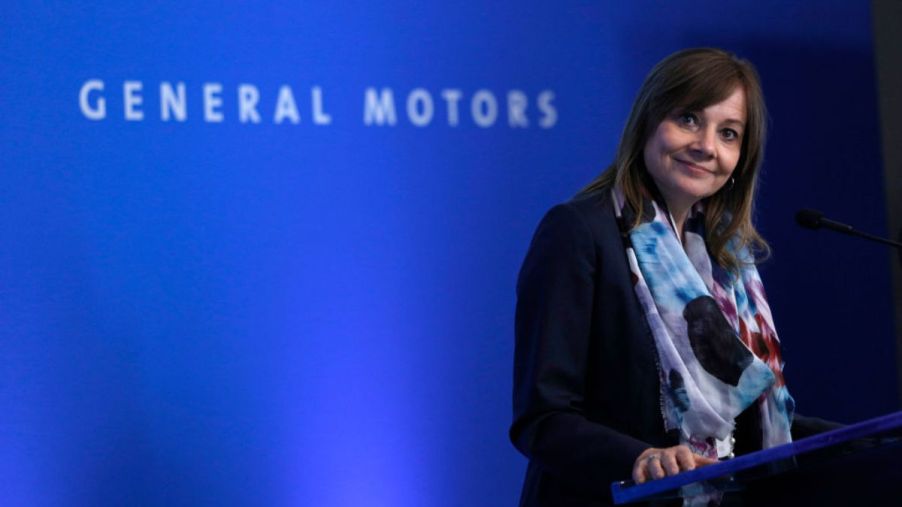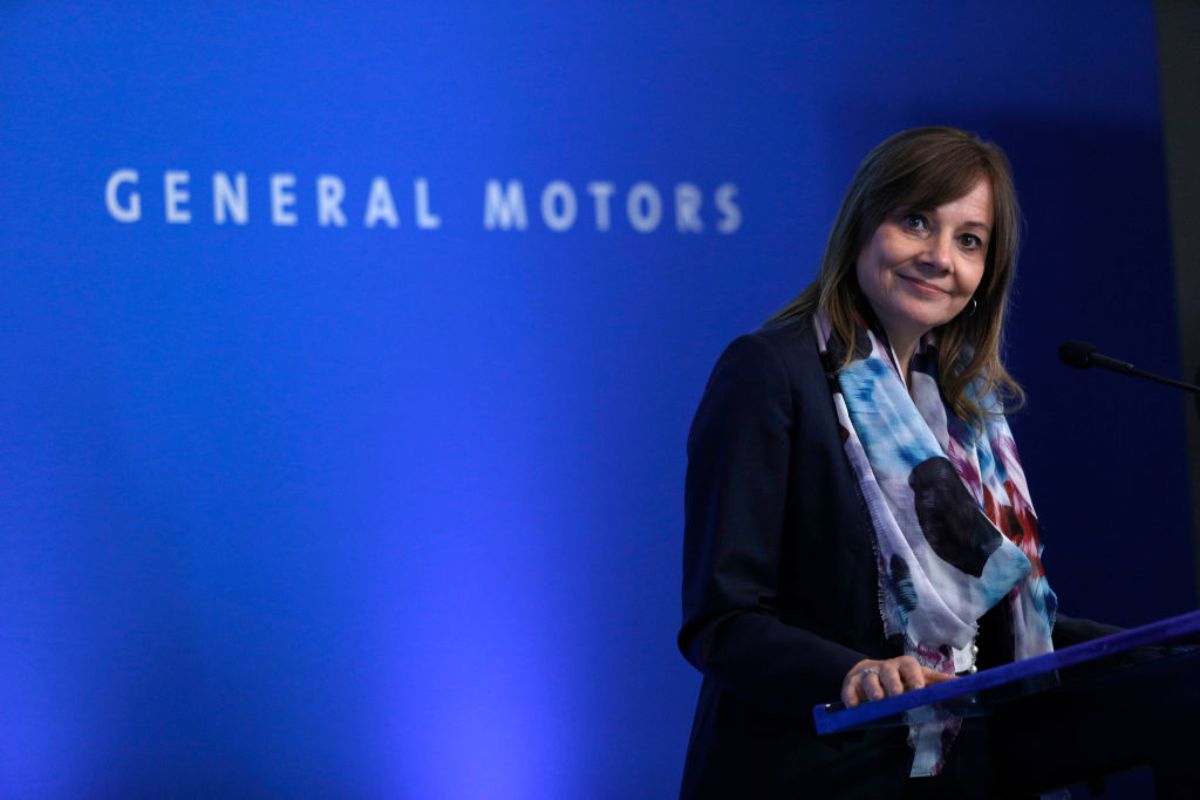
Why GM’s CEO Sees 2023 as a ‘Breakout Year’
Electrification in the automotive industry has hit full throttle, and every year, advancements in battery technology continue to disrupt the EV market. As we embark on a new year of automotive sales, General Motors (GM) sees 2023 as the year it will outshine its top competitors in the EV segment, with the ultimate goal of deposing Elon Musk’s Tesla as the EV industry’s undisputed champion.
Indeed, GM has fallen behind in the EV sector, and it will have to do more to beat Tesla. But don’t be fooled. The automotive behemoth has been working behind the scenes in recent years, expanding its EV and battery cell technologies. There’s no better time to integrate these developments into its model lineup than now.

General Motors CEO terms 2023 as GM’s ‘breakout year’
General Motors Co. CEO, Mary Barra, says 2023 is the year that GM overtakes its traditional rivals and the company has set the ball rolling in its attempt to bridge the gap on Tesla Inc. “I am confident that GM can unseat Tesla with higher-priced cars, and it will have Tesla in its rearview mirror when it comes to affordable high-range EVs,” Barra said (per GM Authority). “I don’t think so, I know so. I know this is our breakout year because of the products we already have and the increasing demand we’ve seen.”
This will be a defining year in Barra’s tenure at the helm of GM. Her push into electronic vehicles has enabled GM to accelerate its EV production in the first quarter and the unit sales are expected to spike further in the next year.
In fact, some forecasts say that GM will roll out 1 million EVs by the half of this decade, ultimately surpassing Tesla.
General Motors’ EV expansion
Barra’s optimistic sentiments come against the backdrop of the giant automaker’s vehement expansion of its EV technology. As noted on GM Authority, the company’s EV sales have lagged behind the likes of Tesla and Ford.
This is because it chose to develop its GM Ultium batteries, electric GM Ultium Drive motors, and a dedicated BEV3 platform, instead of taking the shorter route of converting its traditional internal combustion engine (ICE) cars. Since the technological groundwork is already in place, GM can now move swiftly and vigorously in its 2023 EV assault.
For four years, GM has talked about 30 new EVs that will be powered by its Ultium batteries, but as Barra said, the production of these EVs is underway, and the company will have introduced all 30 EV models worldwide by 2025.
For the 2023 model year, GM will release seven Ultium-powered EVs, including the Cadillac Celestiq, Cadillac Lyric, Chevy Blazer, Chevy Equinox EV, Chevy Silverado EV, GMC Hummer Pickup, and GMC Hummer SUV.
However, Bloomberg noted that GM’s decision to push forward its EV technology developments at the expense of production is an advantage. While its rivals are currently engrossed in developing their own version of Ultium, GM already has its own and is using it on every car, from the small Chevy Equinox to the almost-10,000-pound Hammer EV.
With its new, scalable BEV3 platform in place and battery production growing, GM enjoys greater flexibility. On the flip side, its competitors have mostly repurposed their ICE vehicles with ad hoc electrification, which is a limiting factor.
Obstacles General Motors must overcome to make 2023 its breakout year
Before GM can achieve its ambitious plan, it must first outdo Ford and Tesla. Last year, GM only managed to roll out about 40,000 EVs. Automotive research firms project 427,000 EV sales in 2023 for Tesla, a huge chasm for GM to fill.
Nonetheless, some sources also anticipate GM will produce 117,000 EVs this year, which will elevate the company to the second position in the EV market before Ford.
On another positive note, General Motors expects to surpass the one-million mark in annual EV sales by 2025 in its two largest markets—the United States and China. If GM achieves these projected sales, it will have a decisive lead in the exponentially growing EV sector.
The delayed launch of battery cell production was a drawback to GM’s plan of releasing over 400,000 EV units by late 2023, instead extending the deadline to early 2024. Even so, 2023 looks to be a promising year for GM, considering the semiconductor supply chain is steadily stabilizing. That should enable the automaker to boost sales of both ICE and EV models.


